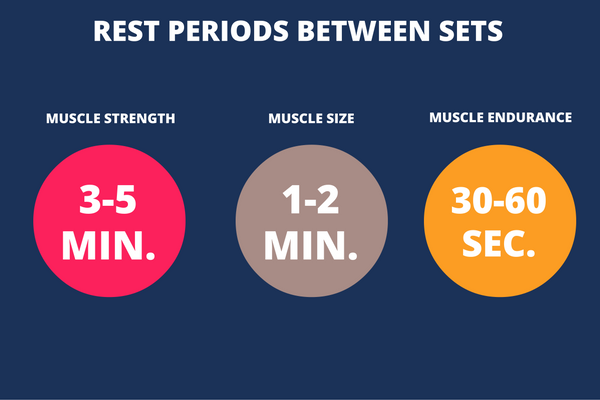Scientists have always known that caloric calculations were simply estimates. Therefore, it is wise to consider nutrition labels estimates as well. If you haven't already, please make sure to read How To Calculate Calories. One gram of fat provides 9 calories, while one gram of either carbs or protein provide 4 calories each. These are the calculations that nutrition labels are based on.

There are too many factors to list that determine a food's caloric value including: how easily it digests, how it's prepared, and how much energy you use to eat it. For example, some foods like meat and nuts require more energy to even digest. By the time either food reaches the point of providing your body with nutritional value an excess of calories have already been used. This is why high protein diets lead to greater fat loss. Other foods are too complex, and you don't digest them completely. Those reasons, and more, are why nutrition labels and calorie counts are typically incorrect.
““On average, the system is right, but on individual foods, it’s not right,” he said. “It’s not possible to test every single food, or combination of foods, but if you test individual foods, you could get more precise.””
Postdoctoral researcher Rachel N. Carmody argues that changing the system of caloric calculations could cause a crisis of confidence in consumers. She also states that having consumers read nutrition labels even if they're not precise is better than not. I would have to agree with her. Reading and following nutrition labels is an act of discipline. Also, a body transformation is a practice of consistency more than precision.
There is no one accurate way to calculate calories, because it's a complex relationship between so many variables. However nutrition scientists are developing ways to improve the accuracy of nutrition labels. There likely won't be any changes to the system any time soon. That is because it would require major political and scientific changes in many developed nations. Overall, this is a word of caution and a reminder that when dieting, focus on quality foods and consistency. Still, measure your foods to insure that you're consistently adhering to the nutrition label facts. Just don't worry about an inaccurate 5-10 calories.




